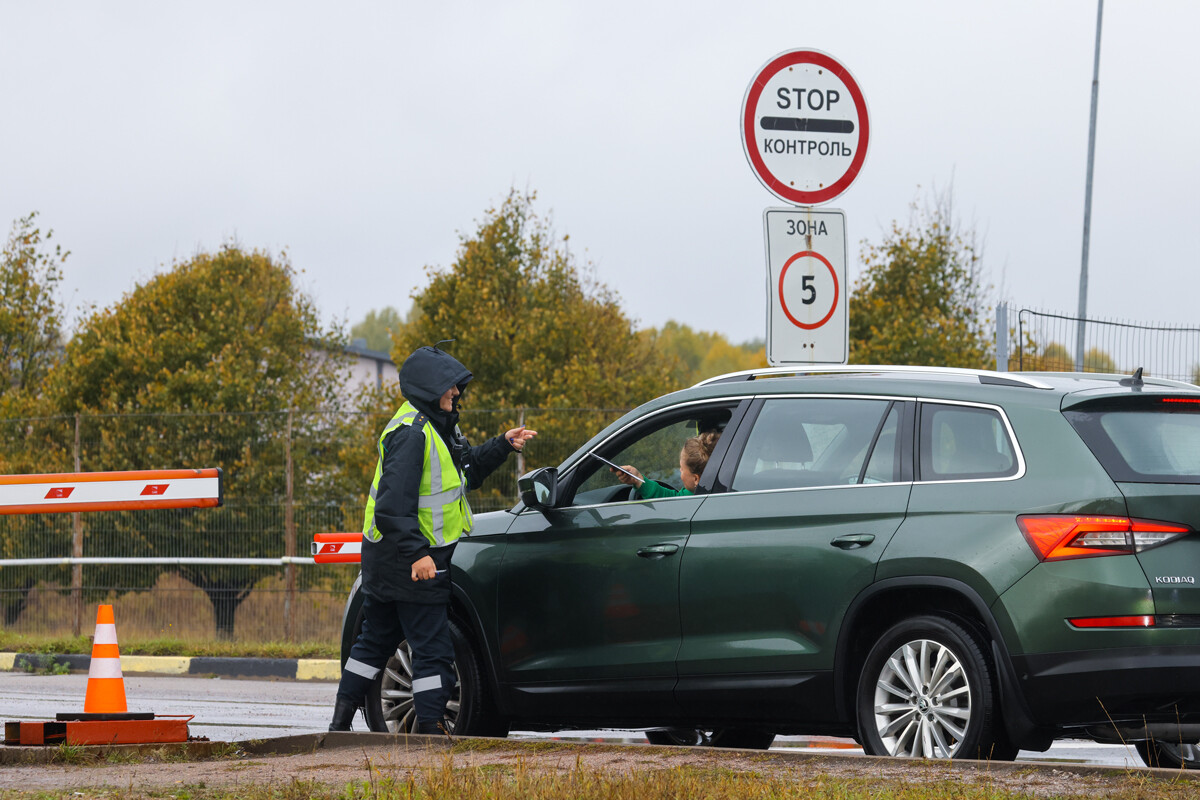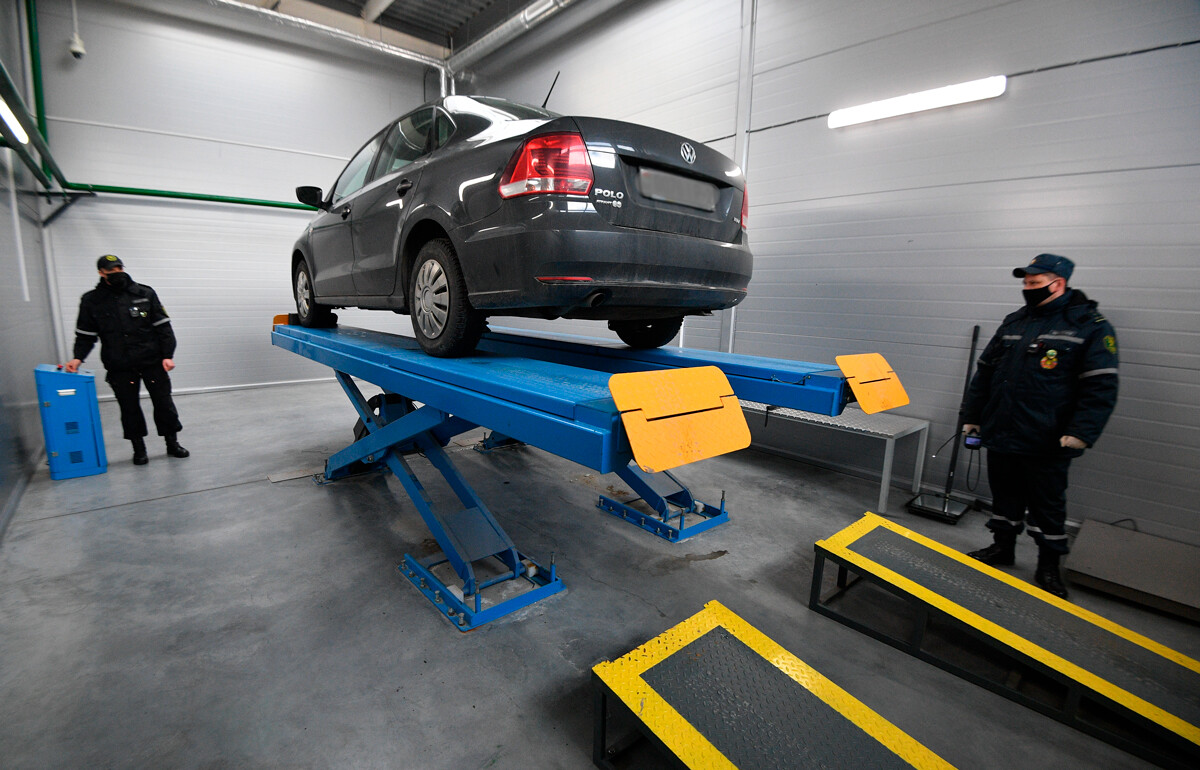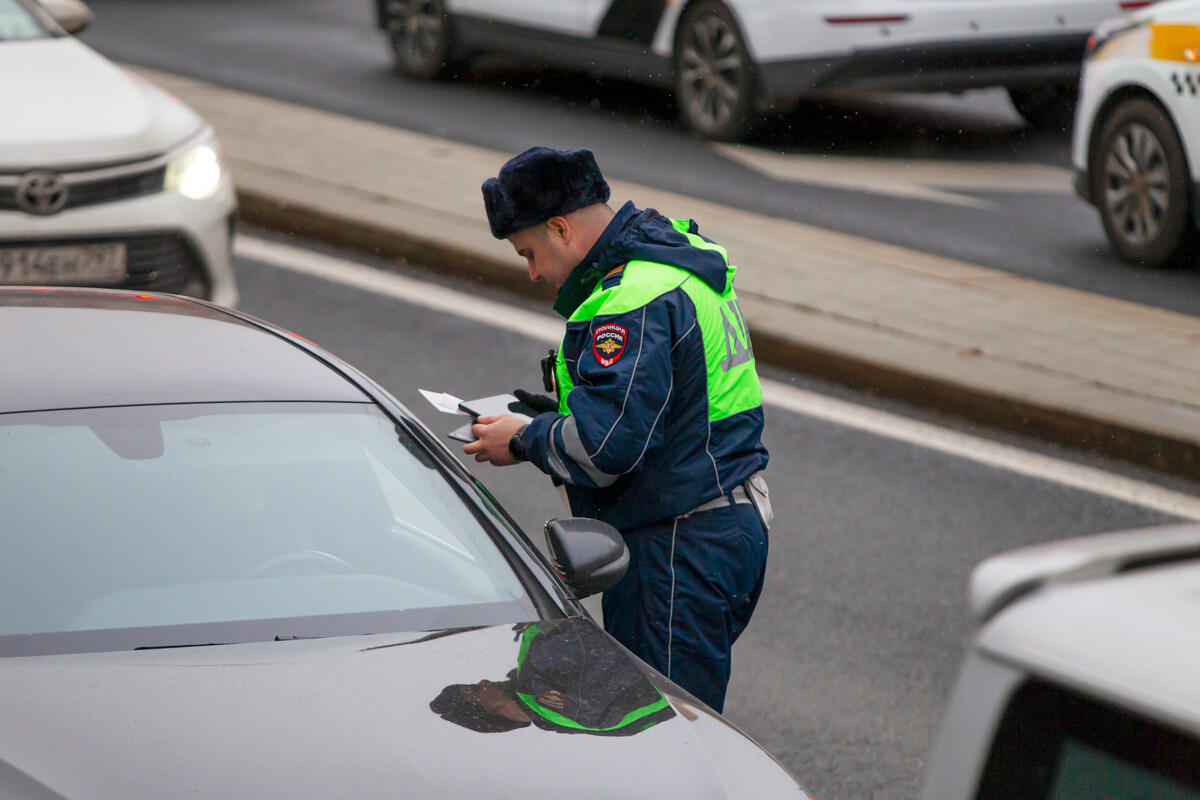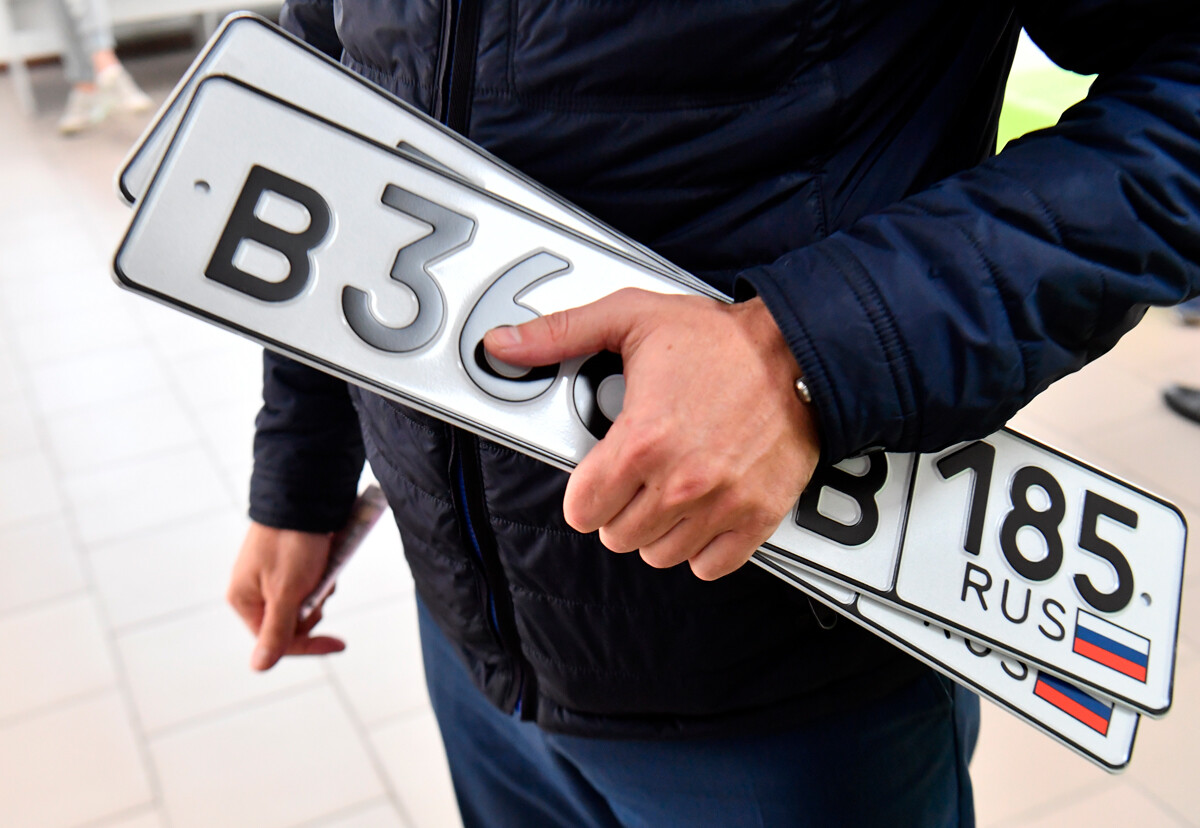
First things first — decide which car you want to buy and bring to Russia. Most often people choose cars that cost less than €50,000 and that are three to five years old. This is because western sanctions apply to more expensive cars; those that are either newer or older will cost much more to clear customs.
One of the most popular options is to buy a car in Germany. For example, go to a German car website (such as mobile.de) and there you can find and choose a car. The website lists the contact details of the car dealership, which then finalizes the purchase.
With the dealer, you need to clarify the car’s availability, its condition, whether the dealer will sell it to a Russian citizen, will they rebate VAT after the sale and what type of payment method can be used. You should also clarify if the dealer will provide a transit license plate and whether they’ll prepare customs documents. If not, you’ll have to do it yourself or look for an intermediary firm on the spot.
If everything is in order, you’ll have to check the car’s condition, sign the contract and leave a deposit (€1,000 – €5,000). You can do it yourself, ask friends to help or rely on an intermediary. In the latter two cases you’ll have to give them power of attorney.

Torfyanovka border crossing point. Leningrad region, Russia.
Petr Kovalev/TASSEven before your car arrives at the Russian border, you’ll have to contact the Central Excise Customs Office at your place of residence in Russia in order to receive a permit to bring the car into the country. The process of customs clearance is time-consuming, which is why many people usually go to customs brokers. The cost of their services starts at 15,000 rubles (about $250/ €250 ).
At the customs office you’ll need to report the car’s make, its year of manufacture, its engine capacity and other data, as well as for the person who will actually bring it in. On the basis of this information, the customs office will calculate the deposit. You’ll need a copy of the vehicle’s registration certificate (you can get it from the dealer via email).
You’ll also need to write a statement about your intention to bring in a car, asking for permission to pay a deposit. In your statement, you need to specify the car’s price, the entry point and a commitment to deliver the car within a specified timeframe. Along with this statement, you’ll need to pay the security deposit.
It’s best to transfer a little bit more money because the final amount is calculated in euros but is paid in rubles according to the Central Bank exchange rate on the payment day. This will be ascertained afterwards when the buyer brings the car to customs in Russia. You can pay via bank transfer based on the issued receipt or at the customs office with a 2% fee.

Belarusian customs officers checking a car at the international border crossing point "Urbany" on the Belarusian-Latvian border.
Victor Tolochko/SputnikThe deposit can be made either by the car’s future owner or by the customs representative or a broker. In that case, a notarized power of attorney from the future car owner is required.
As a confirmation of the deposit, you’ll be issued a customs receipt with the information about the car. The same information is repeated in the warranty certificate. You’ll need the original documents at the border.
When you have the customs receipt and the warranty certificate, you can take the car from the dealer and ship it to Russia. If you plan to make the payment in cash, you should remember about the $10,000 export limit (or its equivalent in other currency) from Russia per person. For larger amounts, the money should be declared and their origin source confirmed – or travel with a companion who can also declare part of the total sum.

Torfyanovka border crossing point on the Russian-Finnish border.
Petr Kovalev/TASSPrepare the car documents (right away ask for two originals of the sales contract) and the documents for customs from a local car dealer. You will also need to get transit license plates if the seller didn’t arrange them in advance (for an additional fee or for free).
At the local customs you’ll need to get an exit declaration for the car, a registration certificate and a document with a barcode for a VAT refund (MRN). You will need to scan it when exiting the EU. You need to ask the seller in advance if they can refund the VAT and how they can transfer the refund in the current situation.
Usually, cars are individually brought into Russia through Belarus or Scandinavian countries. It’s widely believed that the simplest way is to do it through Finland.
When a car owner enters Russia by car, there’s a 31 kilogram per person restriction for duty-free luggage transportation. Also, you can’t bring euros into Russia now.
After passing customs at the Russian border the car should be brought to the customs office at one’s place of residence within the timeframes outlined by customs.

Traffic police officer checks driver's documents in Moscow.
Maria Devachina/SputnikAfter the car is brought to the customs office at one’s place of residence, the car owner fills a declaration and attaches all required documentation. This task can also be done by a customs representative.
If you have all the documents and they’re filled out accordingly, preparing all the documents takes from one to three days. In individual cases, however, a customs inspector could ask for a notarized translation of the documents.
After the declaration is issued, the car is delivered from the customs office to the Temporary Storage Warehouse (SVH in Russian). At SVH the car owner acquires the passport for his vehicle (PTS). Next, the car should be registered with the traffic police (GIBDD in Russian) – and finally you can hit the road.

Vehicle registration plates.
Evgeny Biyatov/SputnikTo assess the price of individually importing a car into Russia, apart from the delivery expenses, you need to keep in mind three fees:
You can quickly calculate the cost of bringing a foreign car into Russia with an online calculator (here, for example). On average, you should expect to pay €5,000 on import customs for a car that originally sold in the €15,000-€20,000 range and which is three-five years old. Before paying, you should clarify if there are possible benefits available, because their list is always changing.
As of now, you don’t have to install the emergency services call button, ERA-GLONASS, into your car when bringing it to Russia. But this is temporary and it will be changed by February 1, 2023.
Dear readers,
Our website and social media accounts are under threat of being restricted or banned, due to the current circumstances. So, to keep up with our latest content, simply do the following:
Subscribe to our Telegram channels: Russia Beyond and The Russian Kitchen
Subscribe to our weekly email newsletter
Enable push notifications on our website
Install a VPN service on your computer and/or phone to have access to our website, even if it is blocked in your country
If using any of Russia Beyond's content, partly or in full, always provide an active hyperlink to the original material.
Subscribe
to our newsletter!
Get the week's best stories straight to your inbox